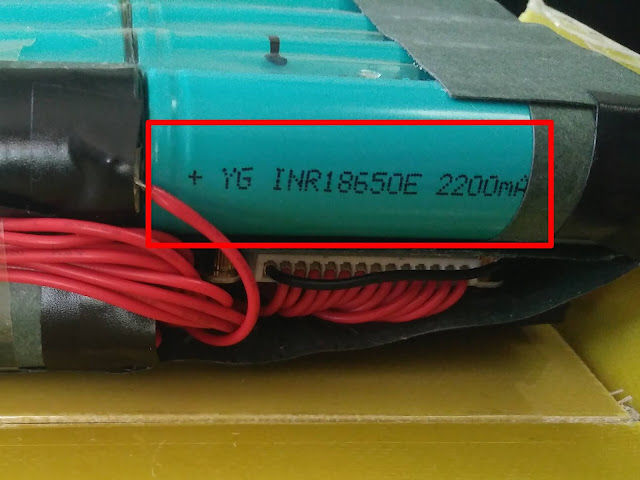Making it super handy for a quick trip to the shops, or up the hill to visit my elderly mate. Pictured is my 500W single motor
One of the aims of most transport planners is to encourage less trips (especially short trips) by car, to minimise the impacts of cars on both infrastructure and the environment.
Cars (generally speaking) last significantly longer and generate less pollution if used for long continuous times, not shorter trips with lots of stopping and starting. Around town their fuel use goes up (per km) and the emissions get worse both in quantity per km and break up of what is emitted. Engines do better warm than cold.
Wikipedia has an interesting article here that goes into it, and puts walking as the standard (which is pretty efficient) and bicycles make that twice as efficient:
A standard lightweight, moderate-speed bicycle is one of the most energy-efficient forms of transport. Compared with walking, a 64 kg (140 lb) cyclist riding at 16 km/h (10 mph) requires about half the food energy per unit distanceInterestingly they find that a scooter gets nearly 25km per MJ of energy, while walking gets only 4.5. This puts the scooter at the number one spot for efficiency by a big margin (discounting the Velomobile simply because they're really quite impractical and have some real visibility problems in traffic).
So leaving the exercise benefits aside (which perhaps you shouldn't), considering also time taken to get somewhere as part of efficiency, of all the mechanised transports a scooter is about the most efficient in particular for short journeys (which becomes clear when you compare the data in their table)
Now its interesting that the data from the Wikipedia article above has for scooters comes from simply the claims of Xiaomi 365 based on their claimed maximum range. Now, I know that you know that claimed ranges are not always reliable, so I have been making some measurements of energy usage on my own scooters (as you may have seen in other posts) and thought I'd do some additional tests. On this test all I did was one specific run, then recharge it. This is the run I do (discussed before here):
and so yesterday I did it twice in the following manner:
- fully charge the scooter
- do the run
- rest the scooter for 20 min and then recharge
I got an average of 147Wh needed, which means 15.3Wh/km or 1.53kWh/100km to use the same language used in that above table. This is not significantly different to the most optimistic claims of the much lower powered Xiaomi (which is 1.15Wh/km).
That's simply amazing stuff, and for contrast Tesla Model S is cited as being 17.25kWh/100km (best case), so 10 times less energy.
Yet (considering time) I'm sure I can walk out my back door, step on the scooter and be at the local shop (just under 2km away) in less time than I could do it in either of the above EV's
Impressive stuff.
Further, readers of my blog will note that I've done quite an amount of experimenting with small scale solar and I know that even multiple recharges per day of my Mercane from a solar system with 200W worth of panel (and controller, inverter, battery).
So in the event of any infrastructure failure I'm also covered there too.
Conclusion
Now all this is just back of the envelope stuff, but I'm sure that well treated and well maintained one should be able to get similar usage life out of a scooter when you factor in how much smaller it is, how much less you had to invest to get it, and how much less you'll pay in operational taxes. A starter for that calculation is this:- my Mercane dualie weighs 24kg, a Model S weighs 2,225kg
- my Mercane dualie has 78 lithium 18650 cells a model S has 7,104
- my Mercane cost AU$ 1400, a model S cost AU$140,000
so about 1% of the Tesla in all cases. Interesting.
This leads me to be more confident that Electric Scooters are not just good for the environment and highly practical but they're bloody good fun on a low budget too.
Win Win












































